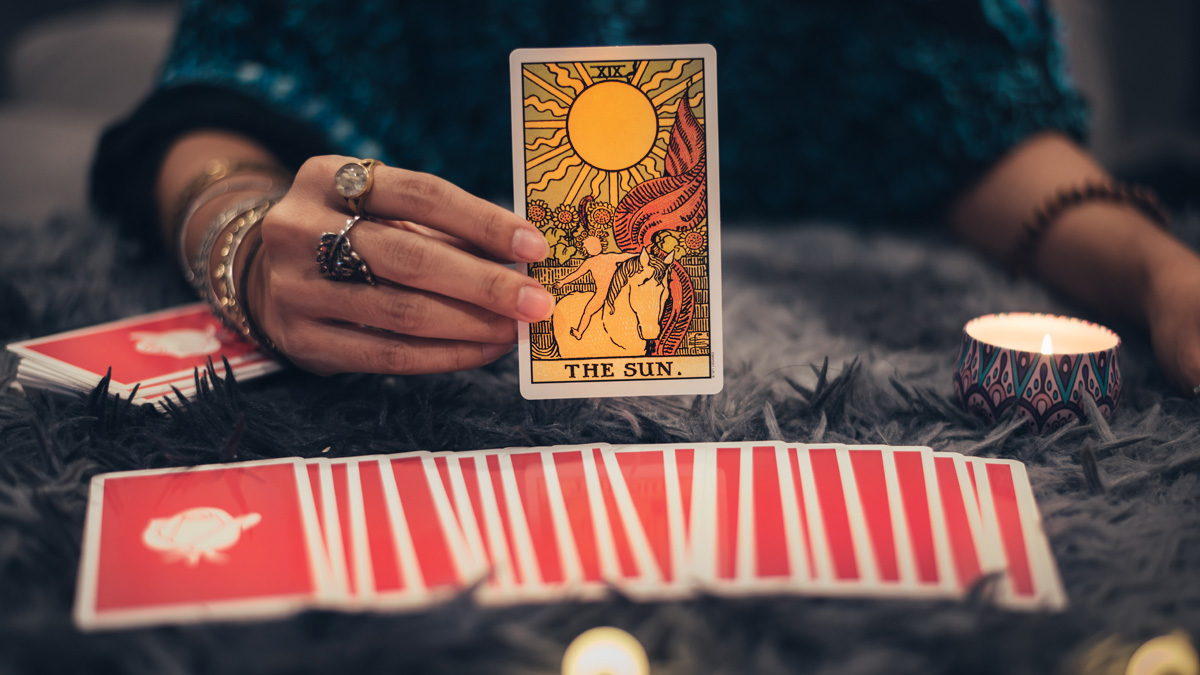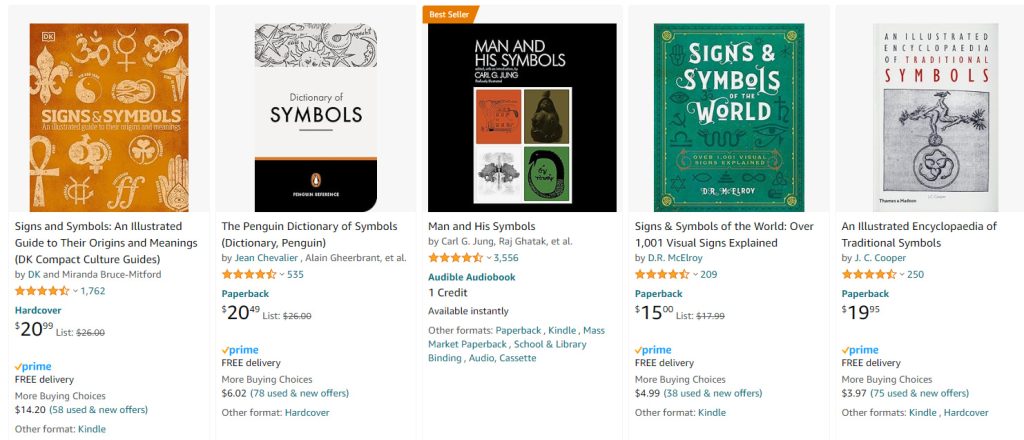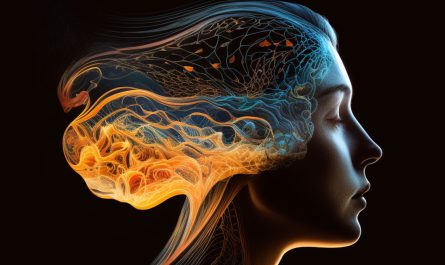Last Updated on December 18, 2024 by Avia
Tarot cards have fascinated individuals for centuries, woven with intricate symbols and rich with metaphorical significance. Beyond their aesthetic appeal, these cards encapsulate powerful archetypes and allegories that reflect the human experience. This document delves into the nuanced tapestry of tarot symbolism, offering key tips to unravel the deeper meanings that lie within each card.
Whether you’re a seasoned reader or a curious newcomer, understanding the symbolic language of tarot can enrich your interpretations and lend profound insights into your readings. As we embark on this exploration, prepare to uncover the layers of wisdom that have guided seekers of truth through the ages.
Table of Contents
Appreciating the Archetypes
The term ‘archetype’ plays a critical role in tarot readings. Archetypes are universally recognized symbols or characters that appear across various cultural myths and stories. In tarot, these figures represent foundational aspects of the human psyche. Cards like The Emperor and The High Priestess serve as conduits to these collective experiences, offering a mirror to our own lives and decisions.
To truly appreciate these archetypal symbols, one must see beyond their face value and into the shared human conditions they signify. For instance, The Hermit doesn’t just mean solitude; it’s a call to introspection and the quest for inner wisdom. Learning to recognize these archetypal patterns enhances one’s ability to discern the nuanced messages the cards are conveying. Also, with yes or no tarot readings, the archetypes can offer powerful guidance and clarity when it comes to decision-making. For example, drawing The Fool may encourage one to take a leap of faith, while The Tower could indicate the need for sudden change.
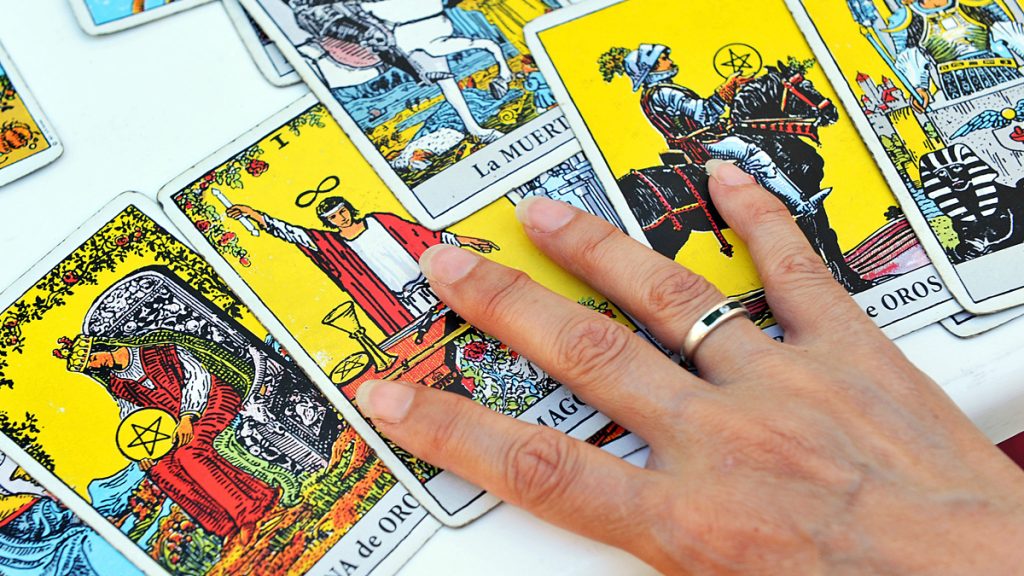
Integrating Color Symbolism
Colors in tarot are not mere artistic choices; they carry symbolic significance that can add layers to a reading. For instance, red often represents passion, energy, and action, while blue might symbolize intuition and calmness. In the tarot deck, the vibrancy of red in The Chariot speaks to its theme of willpower and ambition, propelling one forward in their journey.
By paying close attention to the hues and their intensity, readers can gain insights into the emotional and energetic narrative of the spread. A predominance of cool blues and greens might indicate a period of reflection or healing, while the presence of fiery colors like red and orange suggests a time of dynamic changes or bold decisions.
Deciphering Symbolic Objects
Objects within the tarot carry their weight in symbolism. Cups, wands, swords, and pentacles—each of these suits represent a different aspect of life. Cups deal with emotions and relationships, wands with ambition and growth, swords with conflict and intellect, and pentacles with material aspects and careers. Beyond the suits, individual items like keys, towers, or animals also provide context to readings.
In unpacking the meaning of these symbols, consider their cultural and historical references. Keys could symbolize unlocking secrets or opening new pathways. The Tower might represent sudden upheaval or the breakdown of old structures. By considering the objects in conjunction with the card’s archetype and color, a fuller understanding of its message can be gleaned.
Exploring Numerological Associations
Numerology is inherent to tarot, as each card is numbered. These numbers aren’t random; they hold esoteric significance. The number 1 (or in the case of Tarot, The Magician card) symbolizes new beginnings, while 10 (The Wheel of Fortune) may indicate cycles or completions. By studying these numerological associations, one can deepen the interpretation of the cards.
Combining numerology with other elements of symbolism brings a multi-dimensional perspective to a reading. For instance, when The Three of Cups appears, consider the collaborative and expansive energy of the number three along with the emotional connotations of Cups. Together, they might indicate a time of joyous celebration or community gathering.
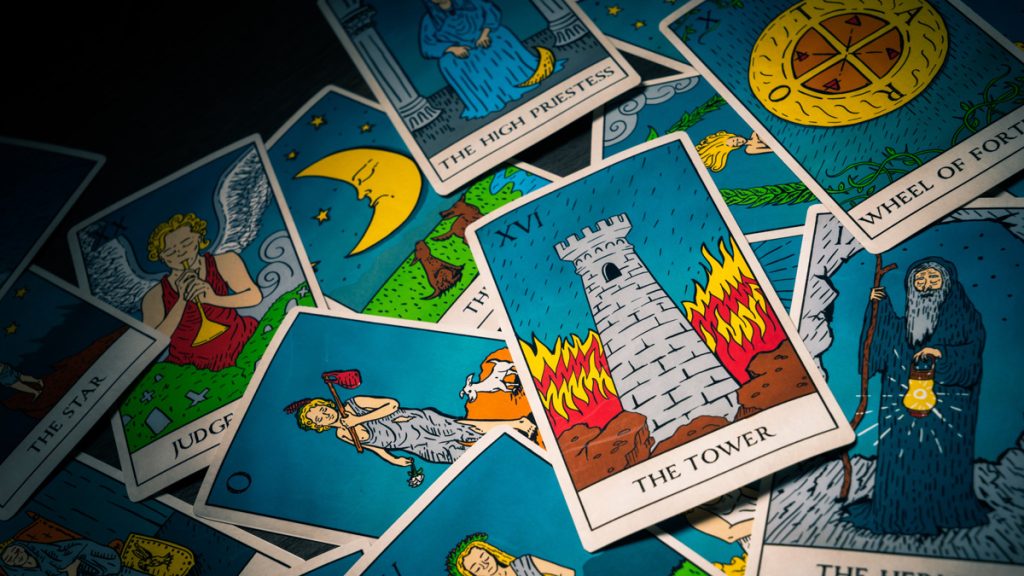
Considering Position and Layout
Finally, the position of a card in a spread and the layout used can significantly influence its interpretation. A card’s meaning can shift depending on whether it is in a past, present, or future position. Moreover, the relationship between neighboring cards in a complex spread like the Celtic Cross can also offer additional insights.
Commonly, the central card might represent the present situation or the querent itself, while surrounding cards could provide hints about underlying influences or potential outcomes. As each layout brings its own set of interpretations, understanding the intent behind each position within the chosen spread is crucial for an accurate and detailed tarot reading.
Conclusion
In the practice of tarot reading, every card, color, object, number, and layout serves as a vehicle for understanding the richness of the human condition. As you continue to explore tarot symbolism, remember that the true power of these cards lies not in the images themselves but in the intuitive connections you forge and the personal insights you gain.
Whether you seek guidance, self-reflection, or simply wish to appreciate the fascinating tapestry of archetypal narratives, the tarot offers a boundless well of symbolism to draw from. Approach each reading with an open heart and mind, allowing the symbolic language of the tarot to guide you toward a deeper self-awareness and a more nuanced view of the world around you.
Sharpen Your Symbol Savvy With These Amazon Selections
Want more? Me too! That’s why I’ve also got this for you on Whats-Your-Sign:

